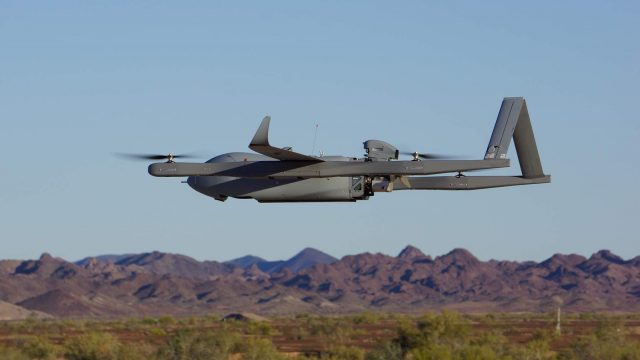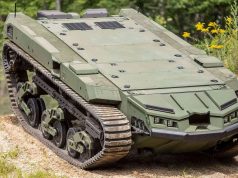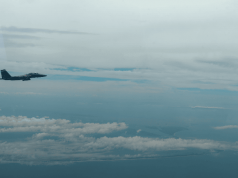Textron Systems and Anduril Industries have demonstrated autonomous mission capabilities, operating a fleet of UAS, including Textron Systems’ Aerosonde HQ UAS and Anduril’s ALTIUS-600 Launched Effects loitering munitions.
During the demonstration, an operator employed Anduril’s Lattice for Mission Autonomy to command and control multiple unmanned aerial systems (UAS). This included the Textron Systems’ Aerosonde HQ UAS and three variants from Anduril’s ALTIUS-600 Launched Effects family.
The purpose of the demonstration was to showcase an autonomous Suppression/Destruction of Enemy Air Defenses (SEAD/DEAD) mission in support of an Army Aviation Air Assault mission, while integrating various sensors, platforms, and networks to combine hardware and software across different domains.
The Aerosonde HQ aircraft is equipped with vertical takeoff and landing (VTOL) capability, making it a versatile asset for intelligence, surveillance, and reconnaissance (ISR) missions on both land and sea.
Its modular design offers mission-tailored agility, meeting the need for increased capability and survivability. In recent years, Aerosonde has extended its operations to the maritime domain, providing real-time situational awareness to surface combatants.
Anduril’s Lattice for Mission Autonomy is a software platform that enables robotic assets to work together under human supervision for complex missions. It provides essential functions like autonomous piloting, threat identification, and multi-asset coordination.
The platform is designed with an open architecture, allowing integration with third-party hardware and software, such as the Aerosonde HQ UAS.
“Building off the technology that we demonstrated last year at the U.S. Army’s Cyber Quest and Project Convergence exercises, this is the latest exercise to show our cross-domain interoperability and how easily our systems can integrate with others to meet our user’s requirements,” said Wayne Prender, Senior Vice President of Air Systems.
“This exercise with Anduril allowed us to showcase how our capabilities are directly applicable to next-generation Army programs like FTUAS, SCI and Launched Effects,” he added.
“When you view the pace of technology development through a software lens, you approach the problem differently,” said Andrew Carter of Anduril.
“Modern software platforms can allow you to iterate much faster and focus on bringing an ecosystem of technologies, behaviors, and networks together to accomplish a mission outcome. Anduril and Textron Systems were able to integrate, test, and execute in 15 weeks, highlighting the modular open systems architecture of Lattice for Mission Autonomy and the Textron Systems Aerosonde HQ platform.”
Lattice for Mission Autonomy enables the use of teams of low-cost autonomous systems under the command of a single human operator. It enhances speed, accuracy, and data analysis capabilities, saving lives by reducing risks in dangerous environments.



























